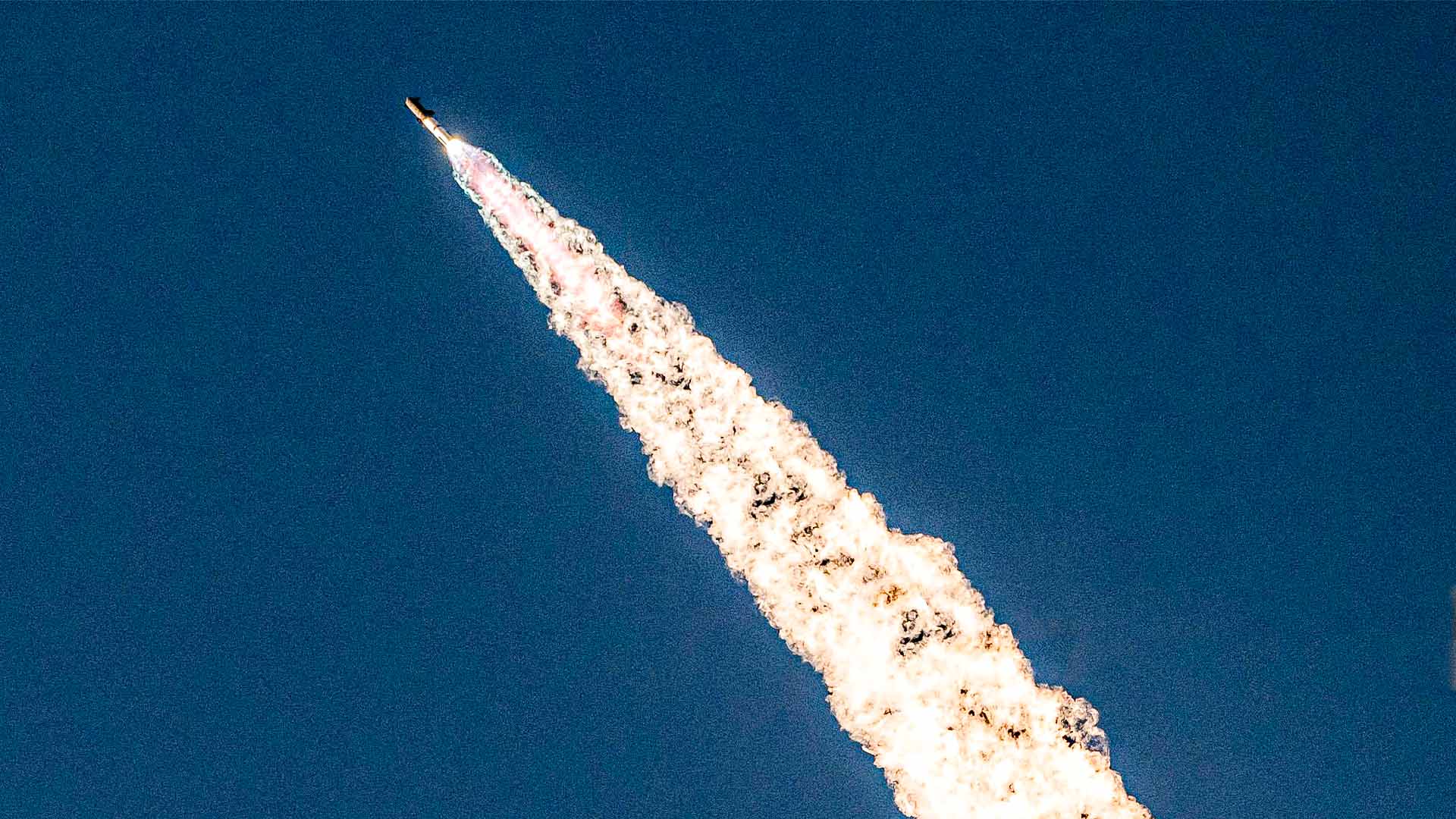SpaceX has announced a 48-hour delay for the seventh launch of its Starship megarocket, pushing the liftoff to Wednesday, January 15. The company shared the update on X (formerly Twitter) but did not provide a specific reason for the postponement.
Potential causes could include unfavorable weather conditions or technical adjustments that require resolution before the mission can proceed safely.
This latest test flight is part of SpaceX’s ongoing effort to refine and certify the 120-meter-tall Starship system, which consists of the Super Heavy first-stage booster and the Starship upper-stage spacecraft.
Together, they represent the most powerful rocket ever built, capable of producing an awe-inspiring 17 million pounds of thrust at liftoff.
Since its inaugural flight in 2023, the Starship system has undergone continuous improvements, with each test flight contributing valuable data.
SpaceX envisions the rocket as a cornerstone for future space exploration, including missions to the Moon and Mars under NASA’s Artemis program. Beyond that, the system could facilitate interplanetary travel, paving the way for humanity to venture deeper into the solar system.
The seventh Starship test flight carries added significance. For the first time, SpaceX plans to deploy payloads during the mission, marking a key step in developing Starship as a satellite deployment vehicle.
The spacecraft will carry 10 simulated satellites, designed to mimic the size and weight of next-generation Starlink satellites. Successfully deploying these payloads will demonstrate Starship’s capability to support commercial satellite launches, further broadening its applications.
Additionally, this flight will feature the latest generation of the Starship spacecraft, equipped with significant upgrades. These modifications aim to improve the rocket’s performance, reliability, and reusability—core aspects of SpaceX’s design philosophy.
Another critical aspect of the seventh test involves SpaceX’s innovative approach to recovering the Super Heavy booster. The company plans to attempt a mid-air “catch” using massive mechanical arms integrated into the launch tower.
This maneuver was successfully demonstrated during the fifth test flight in October 2024, a historic achievement in rocket recovery. While the sixth test did not include the catch maneuver, SpaceX is eager to refine the technique, which is expected to play a vital role in making the Starship system fully reusable.
Since its first test flight, SpaceX has steadily increased the frequency of Starship launches. In 2023, the company conducted two flight tests, followed by four in 2024.
This year, SpaceX aims to significantly ramp up operations, seeking approval from the Federal Aviation Administration (FAA) to perform up to 25 Starship missions in 2025.
Such an ambitious launch cadence aligns with SpaceX’s broader goals, including supporting NASA missions and expanding the Starlink satellite network.
A fully operational Starship system could drastically reduce the cost of space travel, making it feasible to launch large payloads and even human crews to destinations beyond Earth.
Space enthusiasts can watch the seventh Starship test flight live via SpaceX’s official stream. The company typically provides detailed coverage of its launches, offering real-time insights into the mission’s progress and key milestones.
With each test, SpaceX edges closer to its vision of making space travel more accessible and sustainable.
The seventh Starship flight represents not only another step in that journey but also a critical opportunity to validate the system’s readiness for its ambitious future missions.
As SpaceX continues to refine the Starship system, the world watches with anticipation. This groundbreaking rocket could revolutionize space exploration, making interplanetary travel and large-scale satellite deployments a reality.
Whether deploying payloads or perfecting booster recovery techniques, each test flight underscores SpaceX’s commitment to innovation and its pursuit of a multi-planetary future.
